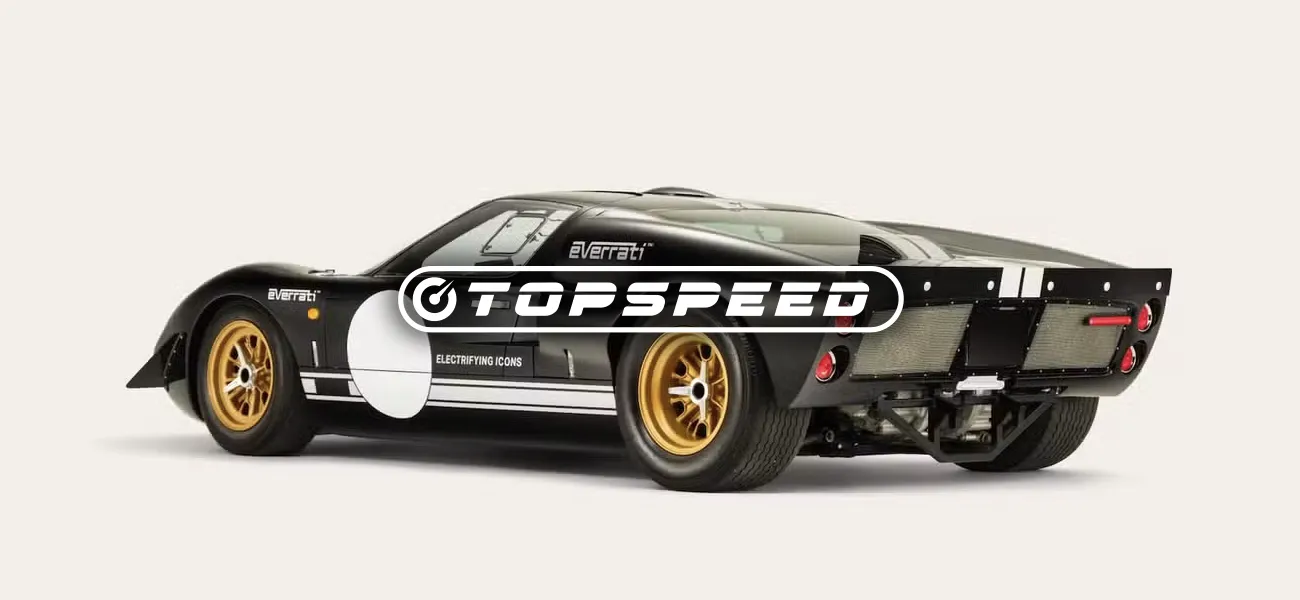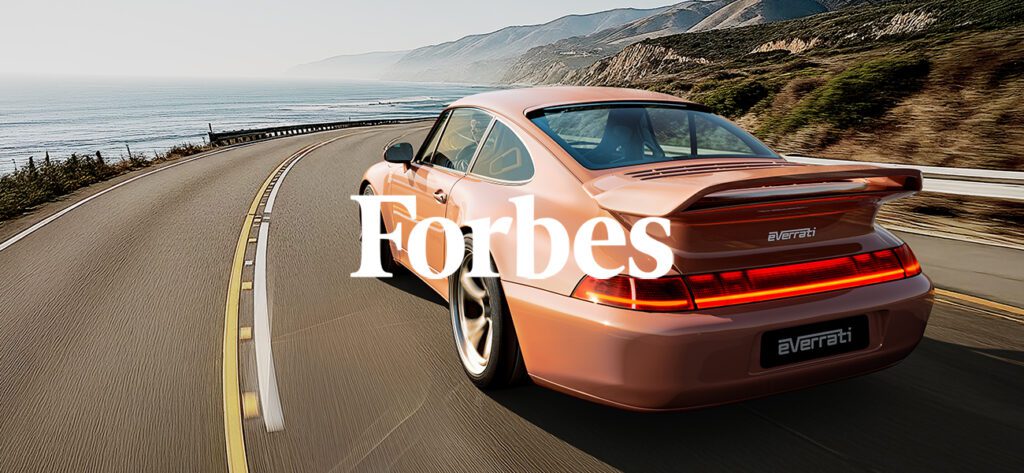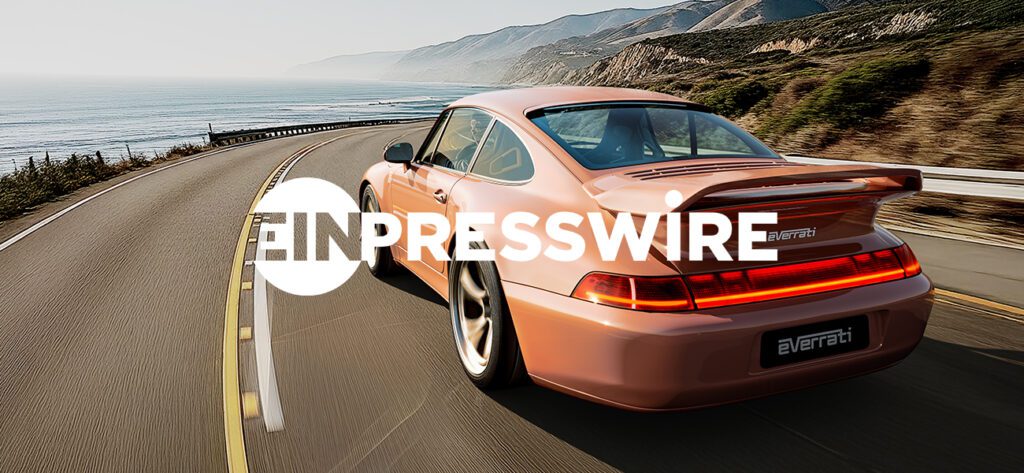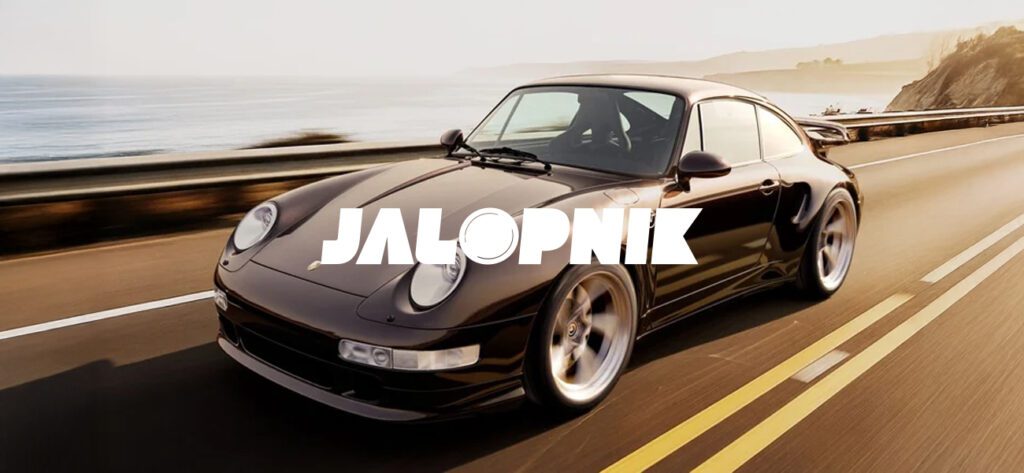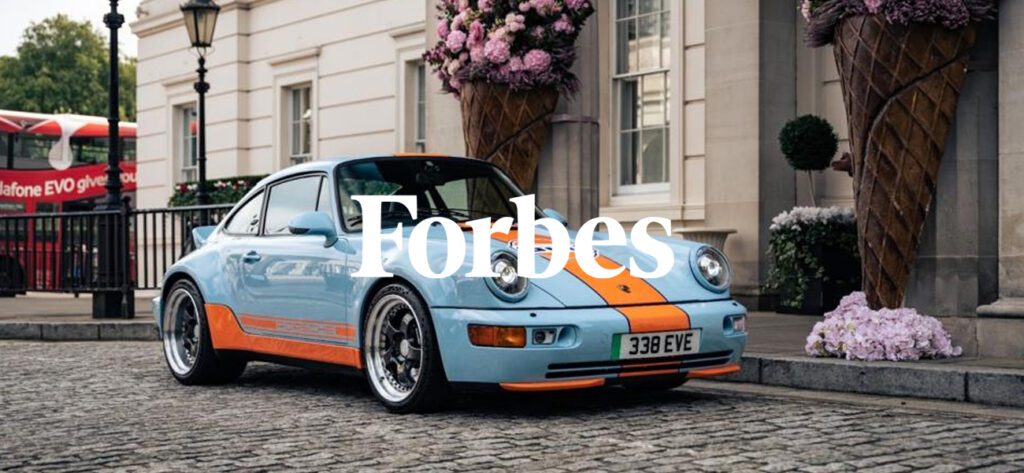Everrati isn’t a household name — unless your household happens to have taken delivery of one of Everrati’s electrified cars that can run $500,000 or more. And, by the way, that’s for their work; you still have to acquire the classic beforehand.
Everrati’s conversions include the early 1970s Porsche 911 ST, as well as the 1989 (and later) 911 964 standard and wide-body; the mid-1960s to early 1970s Mercedes-Benz W113 SL “Pagoda”; and the chunky, early 1960s Land Rover Series IIA.
What Everrati does, their CEO Justin Lunny explained to TopSpeed during a recent interview, isn’t merely to gut the gas powertrains and stuff a bunch of batteries and motors aboard and call it good. Let’s be honest, that is as it should be with cars that can cost the same money as a Ferrari SF90. Lunny stressed that what Everrati is doing is no different from what Rimac does, or what other mainstream EV carmakers are doing. Save that, no, they’re not starting with Kias. They’re starting with vintage classics. Here’s a bit about how that goes down.
“Our secret sauce is, how do you put it all together and create a very high-quality, high-performance powertrain. It’s about how you deliver appropriate power, and make it enjoyable.”
Lunny explained that of their key mandates, to get the “soul” of their vehicles right — not overwhelming the original car with too much weight or monster power — has to be job one. “It’s about weight, packaging, cost, and performance. Really, four different axes.” Getting that recipe right is no different, Lunny says, than it would be for any of his competitors, whether in the resto-mod space, like a Singer or Mechatronik — or Lamborghini or McLaren.

Speaking of those competitors, Lunny’s been lucky to recruit former talent from the top echelon of the automotive engineering world. “It’s ex-McLaren, ex-Lotus, Bentley, etc. It’s people who have been designing powertrains for brand-new vehicles, EVs, you know, hybrids to F1 engines.”
Getting The Recipe Right
And, like that competition, they have the same headaches. He said it’s identical to a challenge that an engineer at BMW would face, designing a powertrain for an i4, which has a very similar footprint to a 3 Series. “At BMW, the powertrain engineer doesn’t get to decide the shape and size of the chassis.”
But like that engineer might, Everrati works from scratch with a 3D design of its donor chassis built into CAD.

From there, Everrati takes “… a very OEM-grade approach. You only have so much space. You can only have so much opportunity to add weight, and you have to be in a certain performance envelope.” But Lunny says that if Ford could’ve built a GT40 from scratch with today’s top electric powertrain, he’d guess they’d go the Everrati route. In this case, their version gets the same electric motor tech that Aston Martin deployed on the Valkyrie. In the GT40 that debuted in 2022 (that Lunny says they’re redoing to make it even better), the car produced 789 SAE horsepower (800 BHP) and could nail 100 MPH in under eight seconds.
Why New Battery Tech Is Critical
Lunny says that lighter, more energy-dense battery tech is critical not just to Everrati’s business, but to all EV brands. Also, even at their high end, cheaper batteries matter.
One such breakthrough that both Ford and GM have announced, and that they each say will solve cost and energy density issues, is called lithium-manganese-rich (LMR) batteries. But Lunny is less focused on any specific solution. Rather, to him, what Everrati needs is anything that solves for making the “fuel” in their cars fit into a smaller package, and ideally, to cut weight.
“There are people in the conversion space that will put way, way too much battery in and they are overweight. And to our minds, that’s not something we would ever consider doing.”
In fact, Lunny makes the point that their Porsche 964 is actually “… about 40 pounds lighter than a 964 Turbo.” But Everrati achieves that by using a lot of expensive carbon fiber throughout, for the body and beyond. If they could incorporate lighter batteries instead, and keep the car as close to stock in terms of weight distribution with less work, that would be far easier.

And Everrati would like to have greater options with packaging — and with being more creative about their execution. “We have to know the exact weight of components, but also the size,” Lunny explained, and Everrati often has to go to extra expense to find battery technology that can be transformed into unorthodox shapes, since they’re not working with the sandwich platform of a new EV.
Creating New Opportunities
Lighter, more compact powertrains would also leave more room for experimentation, too, like adding a gearbox.
“We have had customers kind of say, ‘Look, can you simulate a shift, or indeed, have multiple gears?'” Lunny says that Everrati is exploring something like a transmission. Either an actual one, or a system that would go beyond just how regenerative braking has been used in EVs to create a downshift quality. “We want it to give a sense of, ‘OK, I’m driving, I’ve got manual control of the transmission.'”
The Everrati Range Will Expand
Lunny wouldn’t say everything the company has on the table, but he did explain that a lot of what they’ve learned on projects like their Land Rover translates to the Mercedes-Benz G-Class “and let’s say is ‘relevant’ to the Toyota FJ, and other cool kinds of 4x4s like Broncos as well.” And when he talks about formats, Lunny said thinking in terms of classics from the late 1960s-early-1990s, it’s a “greatest hits list of every front-engine, rear-drive Mercedes, BMW, Aston Martin, Bentley ever made; we’re in that category.”
Again, without saying exactly which cars might come next, Lunny said, “We’ve done design studies for three or four other models,” and alluded directly to the idea of expanding, simply because the demand is there. As it is for the next newer Porsche that came after the 964. As the saying goes, watch this space.
The Future: Less About Range Than Low Weight
Lunny doesn’t believe Everrati is in the business of making commuter cars with 500 miles of range. He’s in the entertainment business. But he noted that if tech could lighten batteries or simply make the power they deliver in the same space 40 percent more efficient, “that would be game-changing.” Just as with conventional EVs, the gains compound. Everrati is always careful, Lunny said, not to “overweight our cars,” but he said that he’s expecting a step change in just the next few years.
“We’ll have a powertrain that weighs very, very close to combustion, but much higher performance, and with decent range. All of a sudden you’ve got a car that will keep up with GT3s. That, for me, is a really interesting opportunity.”
Everrati Will Be The “Intel Inside” Of Sports Cars
Everrati isn’t just working in ones and twos on customer cars.
They’re also talking to a number of brands — though Lunny wouldn’t say which carmakers — about enabling them to develop what he called “the next generation of fun, engaging cars.”

These won’t be at mainstream prices, because Lunny said part of the way Everrati gets to low weight right now is through making a carbon monocoque or other unibody that will meet modern crash standards.
Still, learning that this might be one avenue for the future of sports cars is exciting for the mainstream, because clearly carmakers need to learn how to make electric cars for more genres. If they can lean on Everrati for innovation, that also means they can learn a trick or two that might transform Everrati into a kind of skunkworks that transforms a lot of products for a wider audience.
Keeping Classics In Service Is A Good Thing
As with Singer Porsches, there’s a temptation to call this kind of transformative process “blasphemy,” because it’s not a strict restoration.
A broader perspective that collectors are going to do what they want with their dough is perhaps a more honest way to look at the picture. And one reality with collector cars is that, because they’re so time-consuming to keep running, they often sit still, rather than get driven. If Everrati’s work means that these cars are back on the road and actually used — and not to the tune of gallons per mile — that’s pretty nifty.
And, also, if it inspires or directly helps legacy carmakers see a path to making electrified sports cars for the masses, they have a huge high five from us.
Source : TopSpeed
